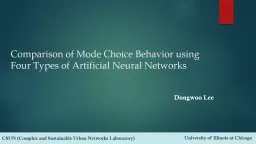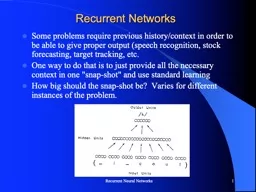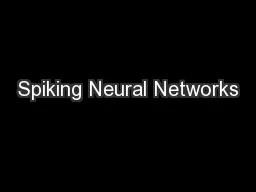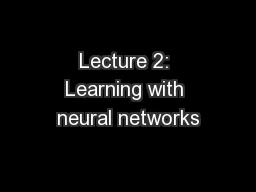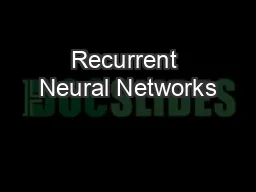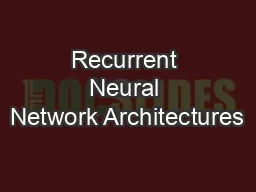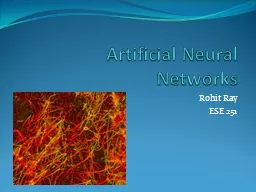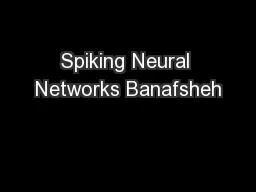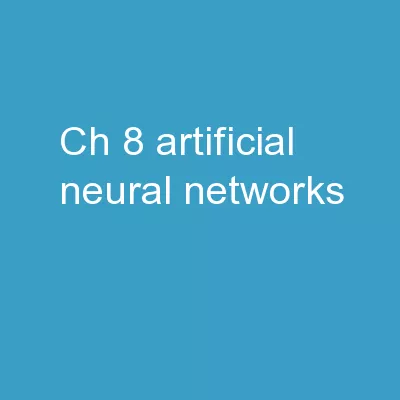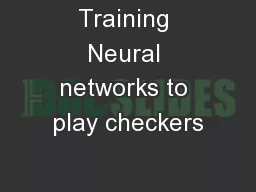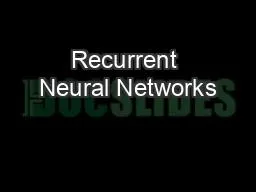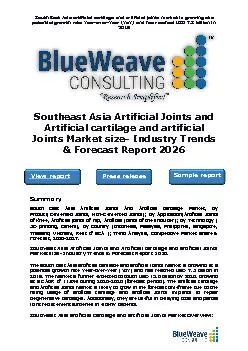PPT-Comparison of Mode Choice Behavior using Four Types of Artificial Neural Networks
Author : pamella-moone | Published Date : 2018-09-21
Dongwoo Lee University of Illinois at Chicago CSUN Complex and Sustainable Urban Networks Laboratory Contents Concept Data Methodologies Analytical Process Results
Presentation Embed Code
Download Presentation
Download Presentation The PPT/PDF document "Comparison of Mode Choice Behavior using..." is the property of its rightful owner. Permission is granted to download and print the materials on this website for personal, non-commercial use only, and to display it on your personal computer provided you do not modify the materials and that you retain all copyright notices contained in the materials. By downloading content from our website, you accept the terms of this agreement.
Comparison of Mode Choice Behavior using Four Types of Artificial Neural Networks: Transcript
Download Rules Of Document
"Comparison of Mode Choice Behavior using Four Types of Artificial Neural Networks"The content belongs to its owner. You may download and print it for personal use, without modification, and keep all copyright notices. By downloading, you agree to these terms.
Related Documents

